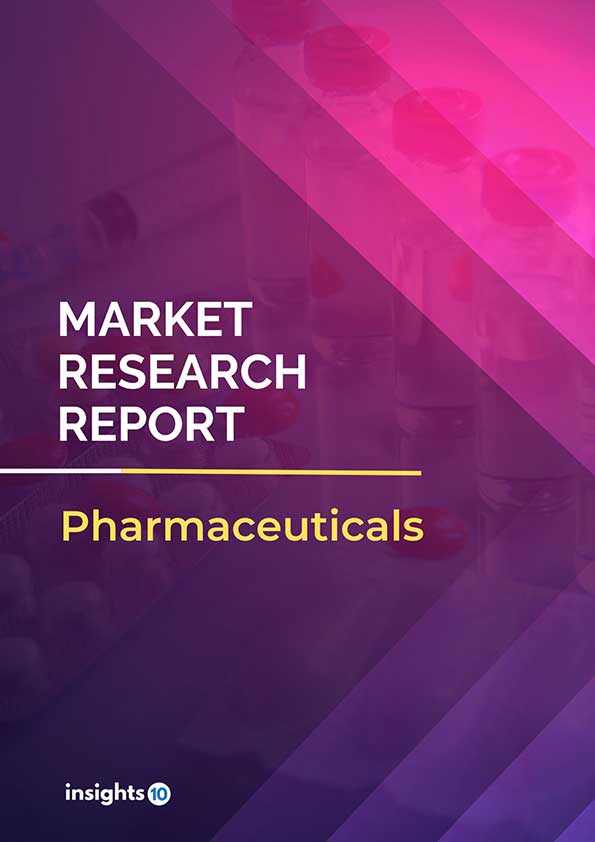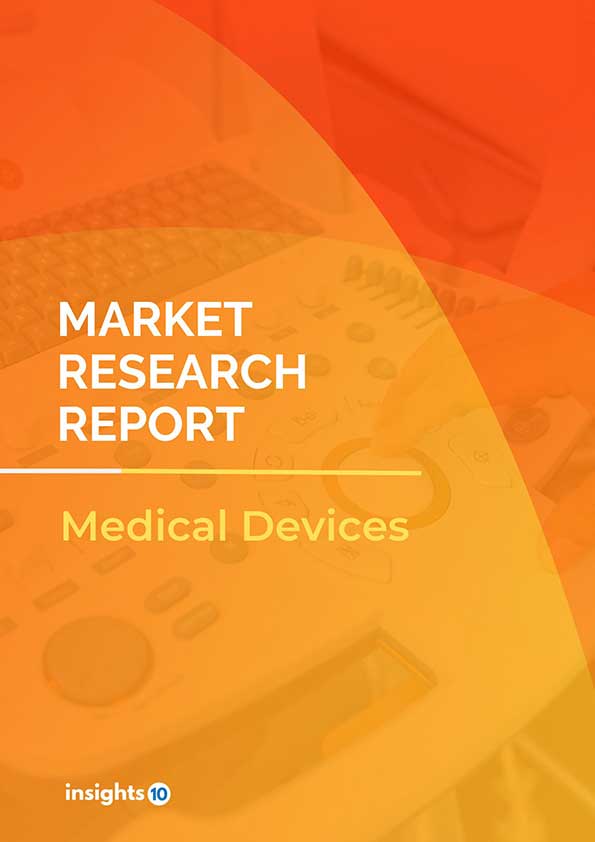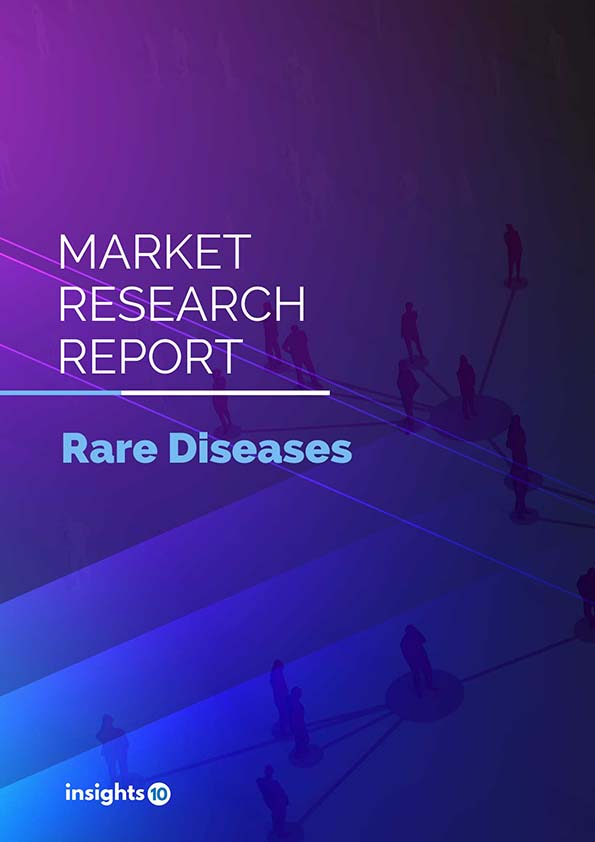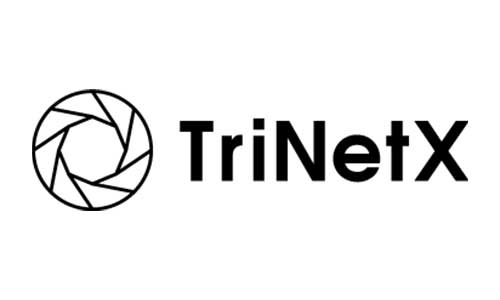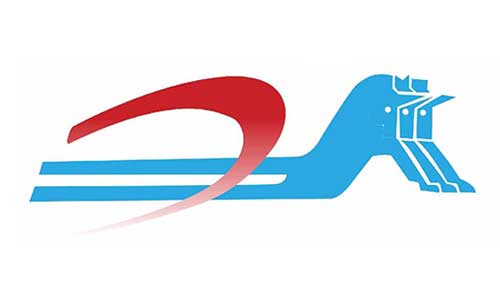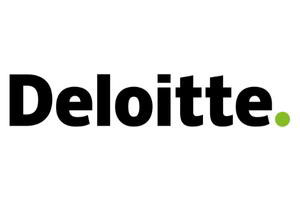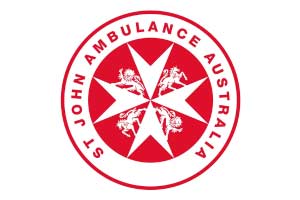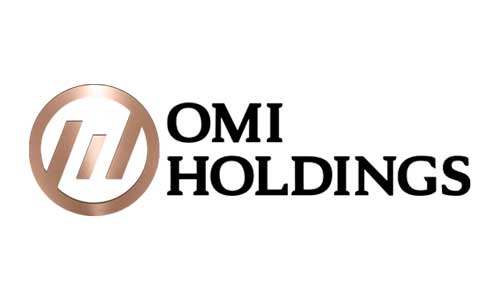Canada Cancer Induced Bone Diseases Therapeutics Market
Canada Cancer Induced Bone Disease Therapeutics Market valued at $104 Mn in 2022, projected to reach $163 Mn by 2030 with a 5.8% CAGR. The key drivers of this industry include rising cancer incidence, increased research and development, and advancements in cancer diagnostics. The industry is primarily dominated by players such as Amgen, Pfizer, Merck, Eli Lilly, Novartis, Bayer, and Johnson & Johnson, among others.
Buy Now

Canada Cancer Induced Bone Diseases Therapeutics Market Analysis: Executive Summary
Canada Cancer Induced Bone Disease Therapeutics Market valued at $104 Mn in 2022, projected to reach $163 Mn by 2030 with a 5.8% CAGR.
Cancer induced bone diseases refer to conditions where cancer cells metastasize and affect the bones, leading to complications such as bone destruction, fractures, and pain. Common causes include the spread of cancer from primary tumors to the bones, most commonly observed in cancers of the breast, prostate, lung, and multiple myeloma. Symptoms often include localized pain, bone fractures, and reduced mobility, impacting the overall quality of life for affected individuals. Current treatment options for Cancer induced bone diseases involve a multi-disciplinary approach. Medical interventions include chemotherapy, radiation therapy, and targeted therapies to address the underlying cancer. Additionally, bisphosphonates and other bone-targeted agents may be employed to strengthen bones and alleviate pain. Notable pharmaceutical companies contributing to the development and production of medications include Amgen, Novartis, and Eli Lilly. These companies have introduced medications like denosumab and bisphosphonates to manage bone complications in cancer patients.
There is a notable increase in the incidence of cancers like breast (25%) and lung cancer (12%) that result in bone metastasis in Canada. The market is being propelled by significant factors such as the rise in the aging population and the subsequent increase in the prevalence of Cancer induced bone diseases, technological advancements in the therapeutics industry, and supportive economic factors. However, conditions such as the high cost of treatments, lack of awareness and reimbursement challenges, and others limit the growth and potential of the market.
Market Dynamics
Market Growth Drivers
Rising cancer incidence: The aging demographic in Canada elevates the likelihood of cancer incidence, particularly those prone to bone metastasis, such as breast, prostate, and lung cancers. Breast cancer accounts for approximately 25% of all new cancer cases, while lung cancer makes up 12% in Canada. The increasing life expectancy also contributes to higher rates of cancer survival, leading to a growing demand for therapeutics addressing bone diseases to manage secondary complications associated with prolonged cancer survival.
Advancements in cancer diagnostic: The timely identification of cancer and bone metastasis enables prompt intervention using therapeutics, potentially enhancing treatment outcomes and driving market demand. Advances in diagnostic technology, such as MRI and PET scans, contribute to improved accuracy and efficiency in detecting bone metastasis.
Increase in research and development: Ongoing investigations into targeted therapies, bisphosphonates, and radiopharmaceuticals provide optimism for enhanced pain control, skeletal integrity, and overall survival in individuals with bone metastases. Increasing financial support from pharmaceutical companies and governmental organizations drives the innovation and creation of new therapeutic approaches for bone diseases.
Market Restraints
High treatment costs: Therapeutics for cancer-induced bone diseases (CIBD), especially the more recent targeted therapies, tend to be costly. This financial aspect can create a burden for patients, limiting access, particularly for those lacking sufficient insurance coverage. In the Canadian healthcare system, stringent reimbursement guidelines govern operations. Pharmaceutical companies may encounter difficulties in obtaining approval for coverage of these therapies, affecting their acceptance in the market.
Regulatory challenges: The regulatory authority overseeing pharmaceuticals in Canada, Health Canada, enforces a meticulous approval procedure for novel drugs. This meticulous process can result in postponed market introduction for potential treatments in CIBD, acting as an impediment to market expansion. Additionally, stringent regulations governing clinical trials can pose difficulties and financial burdens for companies seeking to formulate and test new therapies for CIBD within the Canadian market.
Competition from alternative therapies: Although pharmaceuticals for CIBD are frequently the initial treatment choice, various non-pharmacological interventions, such as pain management, radiotherapy, and surgery, are available. These alternatives may be more cost-effective and could be favored by certain patients or healthcare providers, thereby restricting the market share for pharmaceuticals.
Healthcare Policies and Regulatory Landscape
Canada's healthcare regulatory framework falls under the purview of Health Canada, with a specific focus on pharmaceuticals. The Health Products and Food Branch (HPFB) of Health Canada assumes a pivotal role in overseeing and approving pharmaceutical products within the country. The Therapeutic Products Directorate (TPD), housed within HPFB, is tasked with the evaluation and authorization of drug sales in Canada, ensuring that these products adhere to rigorous safety, efficacy, and quality standards.
Companies aiming to introduce new pharmaceuticals into the Canadian market are required to submit detailed applications to the TPD, providing extensive data on the safety and efficacy of the product. The regulatory process involves a meticulous evaluation, and a successful outcome leads to the issuance of a Drug Identification Number (DIN) or Notice of Compliance (NOC), permitting the marketing and sale of the product in Canada. For new participants in Canada's healthcare sector, navigating the regulatory landscape demands a comprehensive understanding of Health Canada's stipulations.
Competitive Landscape
Key Players
- Novartis
- Roche
- Amgen
- Eli Lilly
- Merck
- Bayer
- Johnson & Johnson
- Radius Health
- Pfizer
- Medtronic
1. Executive Summary
1.1 Disease Overview
1.2 Global Scenario
1.3 Country Overview
1.4 Healthcare Scenario in Country
1.5 Patient Journey
1.6 Health Insurance Coverage in Country
1.7 Active Pharmaceutical Ingredient (API)
1.8 Recent Developments in the Country
2. Market Size and Forecasting
2.1 Epidemiology of Disease
2.2 Market Size (With Excel & Methodology)
2.3 Market Segmentation (Check all Segments in Segmentation Section)
3. Market Dynamics
3.1 Market Drivers
3.2 Market Restraints
4. Competitive Landscape
4.1 Major Market Share
4.2 Key Company Profile (Check all Companies in the Summary Section)
4.2.1 Company
4.2.1.1 Overview
4.2.1.2 Product Applications and Services
4.2.1.3 Recent Developments
4.2.1.4 Partnerships Ecosystem
4.2.1.5 Financials (Based on Availability)
5. Reimbursement Scenario
5.1 Reimbursement Regulation
5.2 Reimbursement Process for Diagnosis
5.3 Reimbursement Process for Treatment
6. Methodology and Scope
Canada Cancer Induced Bone Diseases Therapeutics Market Segmentation
By Cancer Type
- Breast cancer
- Prostate cancer
- Lung cancer
- Others
By Treatment Type
- Bisphosphonates
- Denosumab
- Radiation Therapy
- Pain Management Medications
- Surgical Intervention
- Targeted Therapy
By Distribution channel
- Hospitals
- Pharmacies
- Oncology clinics
- Others
By Stage of Treatment
- Early stage CIBD
- Advanced stage CIBD
Methodology for Database Creation
Our database offers a comprehensive list of healthcare centers, meticulously curated to provide detailed information on a wide range of specialties and services. It includes top-tier hospitals, clinics, and diagnostic facilities across 30 countries and 24 specialties, ensuring users can find the healthcare services they need.
Additionally, we provide a comprehensive list of Key Opinion Leaders (KOLs) based on your requirements. Our curated list captures various crucial aspects of the KOLs, offering more than just general information. Whether you're looking to boost brand awareness, drive engagement, or launch a new product, our extensive list of KOLs ensures you have the right experts by your side. Covering 30 countries and 36 specialties, our database guarantees access to the best KOLs in the healthcare industry, supporting strategic decisions and enhancing your initiatives.
How Do We Get It?
Our database is created and maintained through a combination of secondary and primary research methodologies.
1. Secondary Research
With many years of experience in the healthcare field, we have our own rich proprietary data from various past projects. This historical data serves as the foundation for our database. Our continuous process of gathering data involves:
- Analyzing historical proprietary data collected from multiple projects.
- Regularly updating our existing data sets with new findings and trends.
- Ensuring data consistency and accuracy through rigorous validation processes.
With extensive experience in the field, we have developed a proprietary GenAI-based technology that is uniquely tailored to our organization. This advanced technology enables us to scan a wide array of relevant information sources across the internet. Our data-gathering process includes:
- Searching through academic conferences, published research, citations, and social media platforms
- Collecting and compiling diverse data to build a comprehensive and detailed database
- Continuously updating our database with new information to ensure its relevance and accuracy
2. Primary Research
To complement and validate our secondary data, we engage in primary research through local tie-ups and partnerships. This process involves:
- Collaborating with local healthcare providers, hospitals, and clinics to gather real-time data.
- Conducting surveys, interviews, and field studies to collect fresh data directly from the source.
- Continuously refreshing our database to ensure that the information remains current and reliable.
- Validating secondary data through cross-referencing with primary data to ensure accuracy and relevance.
Combining Secondary and Primary Research
By integrating both secondary and primary research methodologies, we ensure that our database is comprehensive, accurate, and up-to-date. The combined process involves:
- Merging historical data from secondary research with real-time data from primary research.
- Conducting thorough data validation and cleansing to remove inconsistencies and errors.
- Organizing data into a structured format that is easily accessible and usable for various applications.
- Continuously monitoring and updating the database to reflect the latest developments and trends in the healthcare field.
Through this meticulous process, we create a final database tailored to each region and domain within the healthcare industry. This approach ensures that our clients receive reliable and relevant data, empowering them to make informed decisions and drive innovation in their respective fields.
To request a free sample copy of this report, please complete the form below.
We value your inquiry and offer free customization with every report to fulfil your exact research needs.
